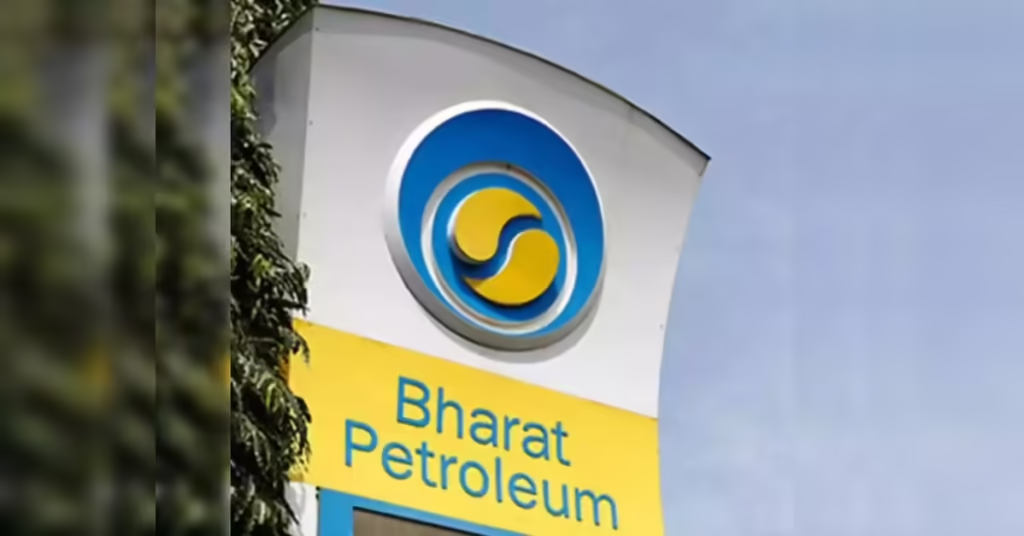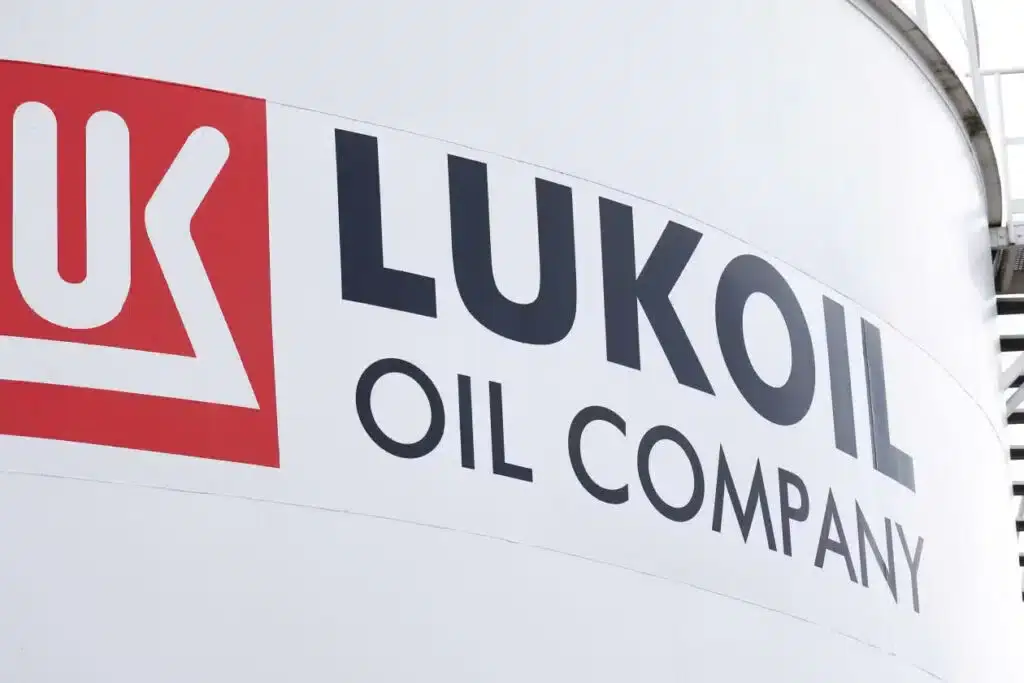India’s Bharat Petroleum Corporation (BPCL) plans to issue a spot crude tender in the next 7 to 10 days to replace Russian barrels, and will only purchase Russian-origin oil via non-sanctioned entities. The move comes amid new U.S. and U.K. sanctions on Rosneft and Lukoil that are reshaping trade flows across Asia.

Why This Is Happening Now
Fresh restrictions on major Russian producers have tightened compliance checks for buyers, shipping, insurance and payments. Lukoil has said it will sell international assets under a wind-down license, a signal that counterparties will face new diligence and timeline risk. Indian refiners are pausing new Russian deals while they seek clarity, which raises the likelihood of stop-gap spot purchases from non-sanctioned suppliers.

Pricing context and margin signals
Asian refining margins have firmed as the market prices in supply frictions from sanctions. Reuters reports that regional margins jumped with diesel cracks strengthening, supporting higher runs for complex refiners that can quickly secure suitable medium sour replacements for Urals. The International Energy Agency notes that surplus global capacity could temper the overall price impact, which matters for tender timing and bid strategy.
What can replace Urals in BPCL’s slate
Urals is a medium sour grade, so close substitutes typically include Middle East medium sours and selected Atlantic Basin barrels that balance vacuum gasoil and distillate yields without over-penalizing sulfur. Market-practical candidates often include Basrah grades, Arab Medium or Heavy, and U.S. Gulf Coast medium sours when freight and arb economics line up. West African options may work for specific units if freight and timing are favorable. The optimal basket depends on unit constraints, desired product slate and sulfur handling capacity at each BPCL refinery. This is where the tender details, laycans and delivered-to-plant economics will decide the winner rather than the headline discount alone.
Compliance and cash-flow considerations
Sanctions elevate documentation and counterparty vetting. BPCL’s stance that it will only buy Russian oil from non-sanctioned entities places a premium on auditable supply chains and banks that are willing to process payments. The risk is not only delivery but also repatriation. Oil India has disclosed that about 300 million dollars in dividends from Russian fields are currently stuck in Russian banks, a cautionary data point for treasury teams structuring settlement routes.
Operational timing and tender mechanics
A 7 to 10 day tender window suggests a tight award schedule and quick execution. The decision sequence typically runs from pre-qualification and counterparty screening, to price discovery versus benchmarks, to matching laycans with refinery turnarounds and product demand. In a volatile sanctions cycle, speed and documentation readiness become competitive edges for sellers, while buyers must protect against later compliance reclassifications that could affect insurance or banking.
How this affects Indian product markets
If BPCL secures near-Urals substitutes quickly, high runs can continue into November, which supports domestic supply and export programs in diesel and jet. Asia’s diesel cracks have strengthened on tighter supply expectations, so every incremental barrel that preserves gasoil output helps capture margin while it lasts. If replacement barrels lag or do not match expected yields, runs could be trimmed or product import covers may rise, which would ripple into regional balances.

What to monitor over the next two weeks
Awarded grades and premiums. Track whether winners are Middle East medium sours or Atlantic Basin alternatives, and compare differentials to recent Urals deals to gauge the cost of diversification.
Laycans and delivery cadence. On-time arrivals will show how much friction the sanctions regime is injecting into shipping and insurance.
Banking routes and settlement terms. Look for signs of payment flexibility, escrow structures or alternative currency paths that lower repatriation risk.
Refinery run guidance and product flows. Higher diesel cracks argue for sustained runs if crude quality and timing are secured. Watch Singapore margin prints and diesel crack moves for confirmation.
Policy trajectory. New or clarified U.S. and U.K. measures could adjust the risk calculus for specific entities, vessels or service providers, which would feed directly into tender participation and pricing.
Strategy notes for trading and planning teams
Hedge the crack, not just the flat price. With diesel leading, protect gasoil margins through time spreads and crack hedges that match your lifting profile, rather than relying solely on Brent or Dubai hedges.
Widen pre-approval lists. Pre-clear more counterparties and vessels to reduce cycle time between award and loading, and to avoid last-minute substitutions that erode netbacks.
Tighten KYC and document workflows. Build a single checklist covering ownership, shipping, insurance and financial intermediaries, and rehearse a fast re-papering path if an entity’s status changes mid-voyage.
Stress-test cash collections. Model settlement delays and blocked funds, then set exposure caps by counterparty or route. The Oil India experience shows the downside if repatriation slows.
Coordinate crude-to-product views. Align crude awards with product sales teams that are watching diesel and jet demand, so the crude slate matches the forward product book.
Key takeaways
BPCL will seek spot barrels to replace Russian oil within 7 to 10 days, with Russian purchases only via non-sanctioned entities. Expect diversified sourcing and higher compliance overhead.
New sanctions on Rosneft and Lukoil are tightening trade finance and counterparties, which increases diligence and could shift flows across Asia.
Strengthening Asian margins and diesel cracks support maintaining runs if suitable medium sours are secured quickly.
Payment and repatriation risks are real, as shown by Oil India’s trapped dividends, so treasury and legal teams should harden settlement routes.
The next two weeks of tender awards, laycans and margin prints will signal whether India’s refiners can replace Russian barrels without operational disruption.

